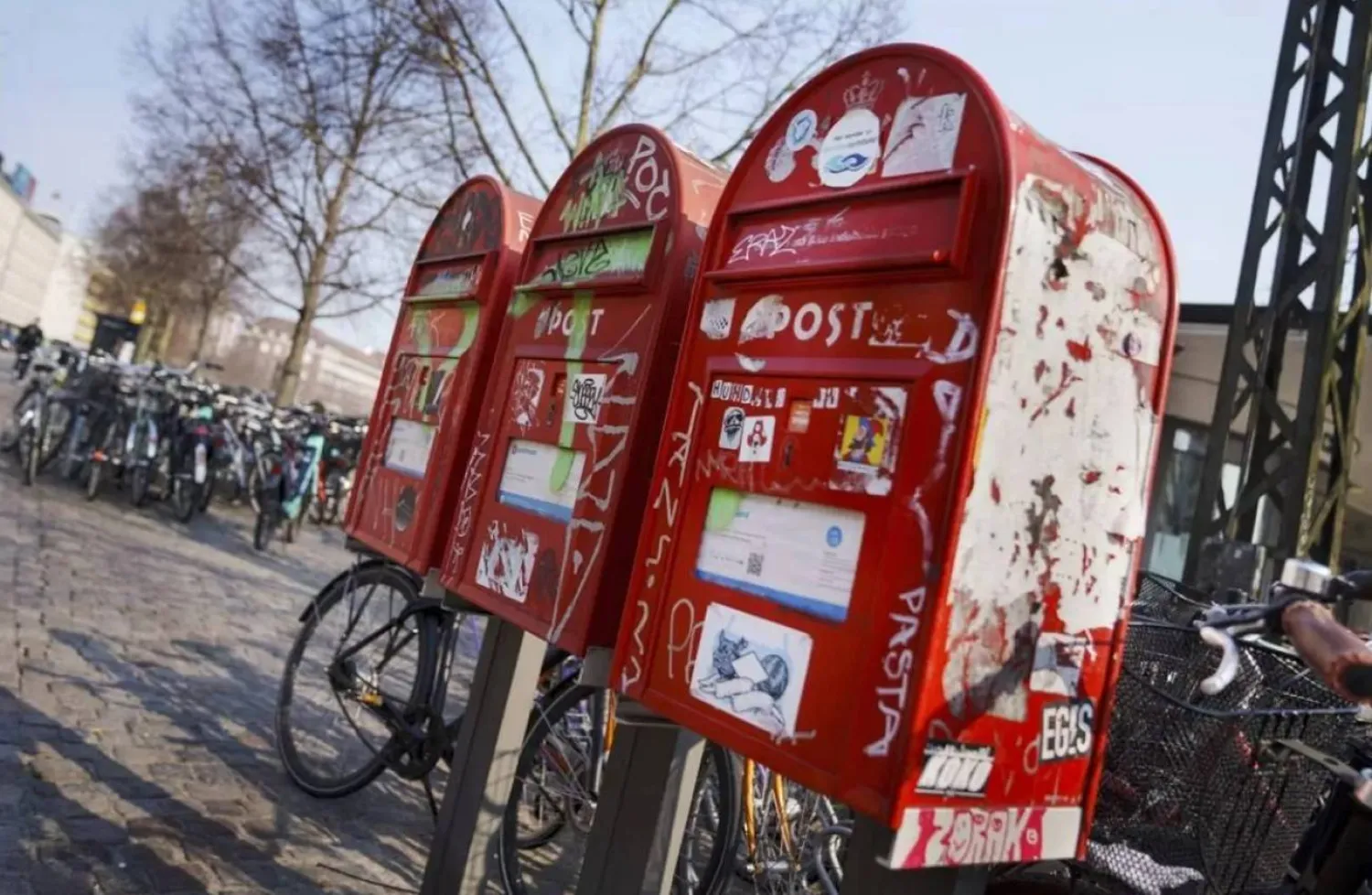Egyptian artists showed support to President Abdel Fattah El-Sisi during the presidential elections that concluded on Tuesday night.
A large number of artists backed Sisi since he announced his plans to run for another term in early October. Among those are Karim Abdelaziz, Ahmed el-Sakka, Nelly Karim and Salah Abdullah. Others showed their support in short videos that were shared on his campaign’s Facebook page, including Yasser Galal, who played the role of President Abdel Fattah El-Sisi in “The Choice” series.
“Artists’ support of President Sisi and his reelection reflect the stance of the majority of the Egyptian people,” said Ehab Fahmy, vice president of the Syndicate of Acting Professions. He told “Asharq Al-Awsat” that his colleagues’ support of President Sisi stems from their observation of “the achievements he has accomplished and their will to see him continue.”
Egyptian artists have played a growing role in the political landscape since the January 25 uprising in 2011; their participation in the protest at the ministry of culture alongside intellects and academics on June 30, 2013, helped overthrow the rule of the Muslim Brotherhood; they have also had remarkable contributions in the different elections and referendums since then.
Many artists boasted their support of the president during the elections including Wafaa Amer, who confirmed that she voted to “the one who has loved Egypt and lifted it since 2010”, in reference to Sisi; other like Nadia al-Gendy, Nabila Ebeid and Leila Taher said explicitly that they voted for him.
In the recent elections, Abdel Fattah El-Sisi competed with Farid Zahran, head of the Egyptian Social Democratic Party; Abdel Sanad Yamama, head of the Wafd party; and Hazem Omar, head of the Republican Peoples' Party.
Some of the artists who backed president Sisi urged people to vote, including Yousra, who said in a statement that she believes that “one vote can make a difference”, while Laila Elwi called on Egyptian citizens to vote for “the continuity of the path.”
Art critic Majida Khairallah said that artists’ support of president Sisi is a good thing. “They are citizens and have the right to participate in the different political events,” she told Asharq Al-Awsat, adding that “this political participation isn’t limited to Egyptian artists and has been seen among celebrities around the world.”
Egyptian artists are used to taking part in the political life through elections or by contributing to major political developments, like the donations Umm Kulthum made for the benefit of the Egyptian army after the war of 1967. Some were even involved directly in the political work, such as late Hamdi Ahmad, who was elected as a member of the parliament, and Yehia el-Fakharany, who was appointed in the Senate.
The artists’ participation in the elections saw some pitfalls. The cast of “Al Atawla” series, including Ahmed el-Sakka, Salah Abdullah and Bassem Samra had to vote at the Expats Committee in Alexandria because they were in the city to shoot some outdoor scenes.
Actress Lebleba committed a legal violation for voting twice; one at the Egyptian consulate in Jeddah and the other in Al Doqi district.
Ehab Fahmy highlighted that artists were keen to take part in the elections “because they are aware of the importance of this election and the critical circumstances in the region,” noting that he saw the same eagerness among the majority of the Egyptian people.
But Critic Majida Khairallah believes that the most important thing is “for artists to believe in their stance and not using it for personal gains.”









